This Content Is Only For Subscribers
AGAINST ALL ODDS
When Juliane Koepcke boarded LANSA Flight 508 on Christmas Eve in 1971, she was a carefree 17-year-old in a sleeveless dress and sandals. Aboard LANSA Flight 508, filled with holiday passengers all eager to reach their destinations, Juliane was blissfully unaware of the impending catastrophe that was about to unfold. She fell out of an airplane and survived.
The plane, soaring through the stormy night skies, was unexpectedly struck by a fierce bolt of lightning. With a jolt that sent shockwaves through the hearts of everyone onboard, the plane began to plummet, descending rapidly into the unforgiving expanse of the Peruvian Amazon rainforest.
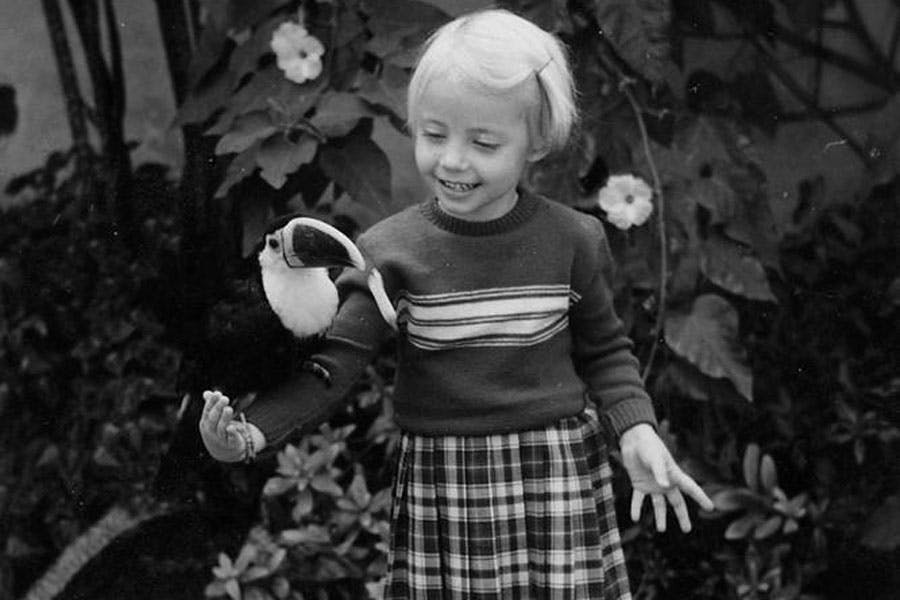
The thunderstorm had separated the row of seats Juliane was harnessed in. She remembered seeing the dense Peruvian rainforest 3,000 meters below and she plummeted towards the ground. She lost consciousness and assumed that her view of the rainforest may be her last.
“I was outside, in the open air. I hadn’t left the plane; the plane had left me.” Juliane later recalled in an interview.
She woke up with just a broken collarbone and a deep gash on her arm, somehow surviving a 3km fall. Out of the 92 souls onboard that doomed flight, only one emerged from the wreckage — young Juliane. Defying the odds, she found herself alive, yet surrounded by an unfathomable tragedy. With the weight of a broken collarbone and a deep, ominous gash on her arm, she found herself on the threshold of an unimaginable challenge: a brutal journey through the unforgiving Amazon jungle, an alien world fraught with danger at every turn.
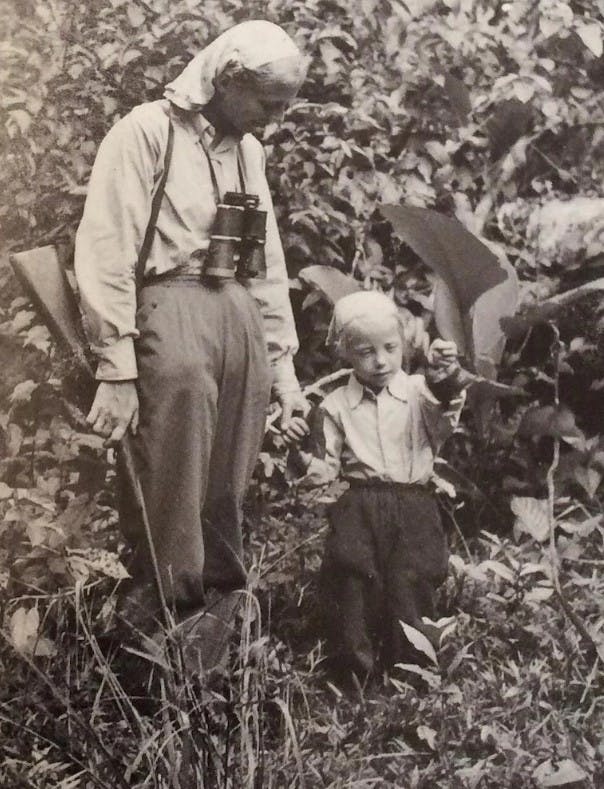
SURVIVING THE AMAZON
The crash had not only left her stranded in the merciless wilderness, but it had also thrust upon her a deeply painful realization: her mother, who was seated next to her just moments before the crash, was now nowhere to be found. She remembered her mother’s eerily calm last words just after Juliane had seen a flash of white light over the plane’s wing causing the plane to nose dive: “Now it’s all over.” She was forced to grapple with the harsh truth that her mother was gone, a realization that pierced her heart like a jagged shard of glass. The daunting task of survival was now entirely on her fragile shoulders.
Awakening amidst the undergrowth of the jungle, Juliane evaluated her injuries: a broken collarbone, gashes on her shoulder and calf, and a presumed concussion that left her disoriented. Juliane’s sight, hindered without her glasses, made navigation arduous. Drawing on her parents’ lessons, she identified familiar sounds of wildlife, helping her orient herself within the familiar, yet now fearsome, environment of the jungle. She remained committed to finding her mother, and driven by this quest, she overcame her injuries and mustered the strength to get up, seeking solace in a packet of lollypops that had fallen from the plane.
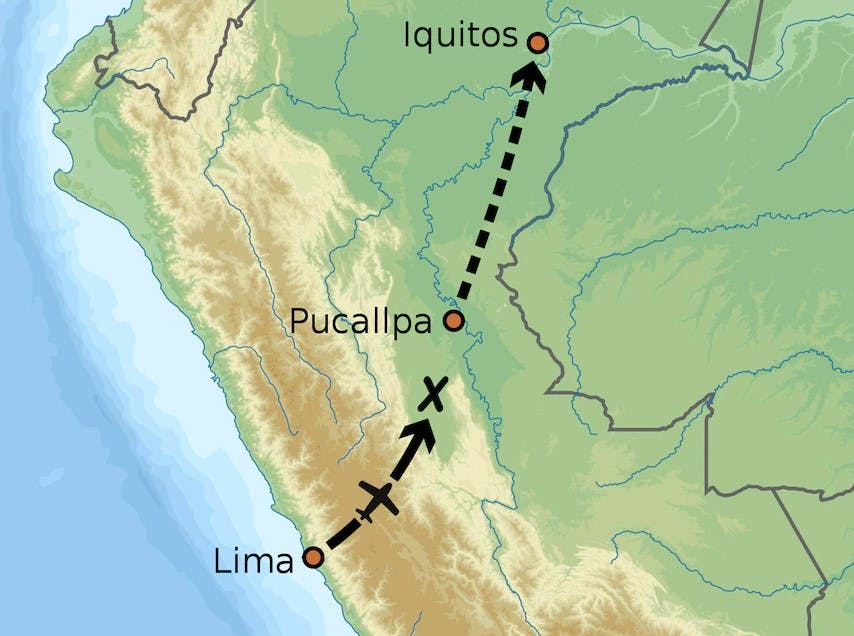
As Juliane ventured into the heart of the Amazon, her survival instincts guided her steps. Her parents’ teachings about recognizing sounds, the dangers of unfamiliar fruits, and strategies to evade piranhas came back to her. Despite her weakening state and the perpetual rain that soaked her to the core, Juliane pushed on. A chilling encounter with the sight of dead passengers reminded her of the grim reality of her situation. Recognizing the victims’ toes weren’t her mother’s, she felt relief before being overcome with a sense of abandonment. She was unable to signal her presence to the distant hum of rescue planes.
LOST AND FOUND
On the tenth day of her trek, when despair had almost consumed her, Juliane stumbled upon a small hut along a stream that promised sanctuary. Inside, she found a can of petrol. She used it to sterilize the maggot-infested wound on her shoulder, echoing a treatment her father had used on a family pet. The next day, the sound of voices drew her out of her hiding place. Peruvian fishermen, initially scared of the disheveled girl, rescued Juliane, mistaking her for a water goddess from local folklore. Exhausted, injured, yet tenaciously clinging to life, Juliane’s survival story ended on a note of hope, underscoring her indomitable will and the invaluable teachings of her parents.
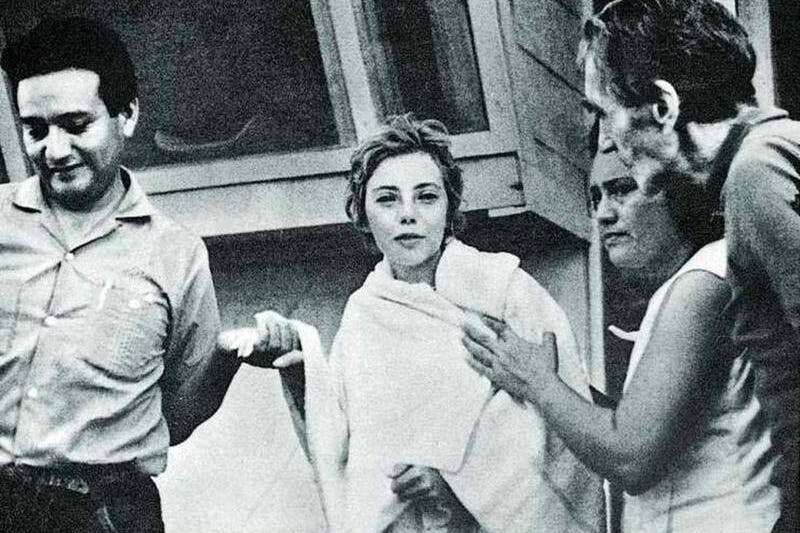
Over these eleven days, Juliane’s grit, survival instincts, and childhood teachings of her parents helped her find her way to safety. Her parents, renowned ecologists, had moved to the Peruvian rainforest for field studies when she was fourteen. It was there they had taught her about the delicate, intricate workings of the rainforest, lessons which later became her survival manual. “Find moving water and follow its course to a river, where human settlements are likely to be,” they told her.
FROM SURVIVOR TO SCHOLAR
Juliane’s journey didn’t end with her rescue. After her recovery, she returned to Germany, where she studied biology, inspired by her parents’ love for nature. Her studies eventually led to a doctorate in mammalogy, with a particular focus on bats. She documented 52 species of bats at the Panguana reserve, leading to a deep understanding of the region’s diverse wildlife, further uncovering the secrets of the rainforest she once braved as a teenager.
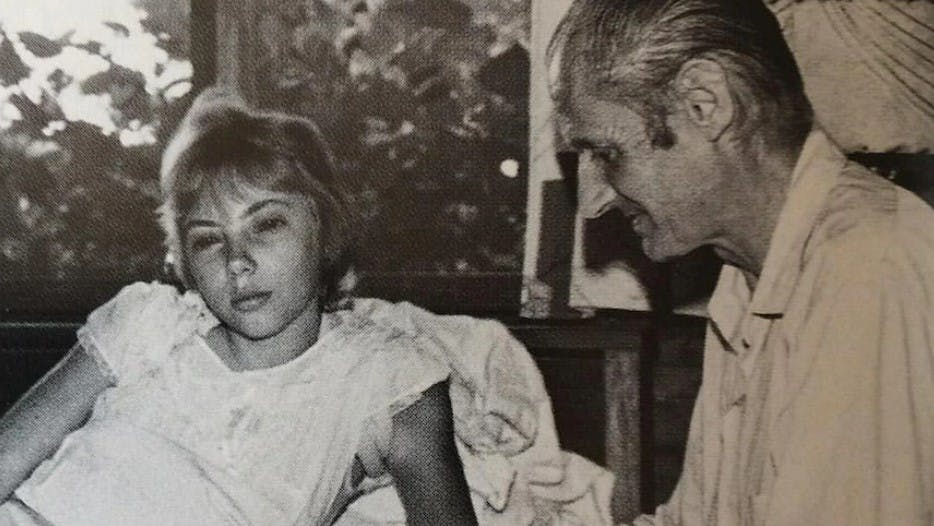
RETURN TO THE CRASH SITE
Despite the trauma associated with the crash, Juliane found the courage to return to the crash site in 1998, guided by the acclaimed movie director Werner Herzog. The harrowing journey was captured in the documentary “Wings of Hope”. Herzog, who had narrowly missed being on the ill-fated flight himself, provided Juliane with a platform to narrate her survivor’s story in her own words. Her tale, filtered through Herzog’s gruff humanism, was a testament to nature’s strange and terrible beauty.
PERSEVERANCE BORN OF HER FATHER’S RESILIENCE
Juliane’s remarkable tenacity can be attributed to her father, Hans-Wilhelm Koepcke, a single-minded ecologist, who faced his own series of obstacles before reaching his job in Lima. His journey from Germany to Peru was marked by mountain treks, imprisonment in an Italian camp, and stowing away on a ship. Juliane inherited his tenacity and perseverance, traits that proved vital in her survival and later, her scholarly pursuits.
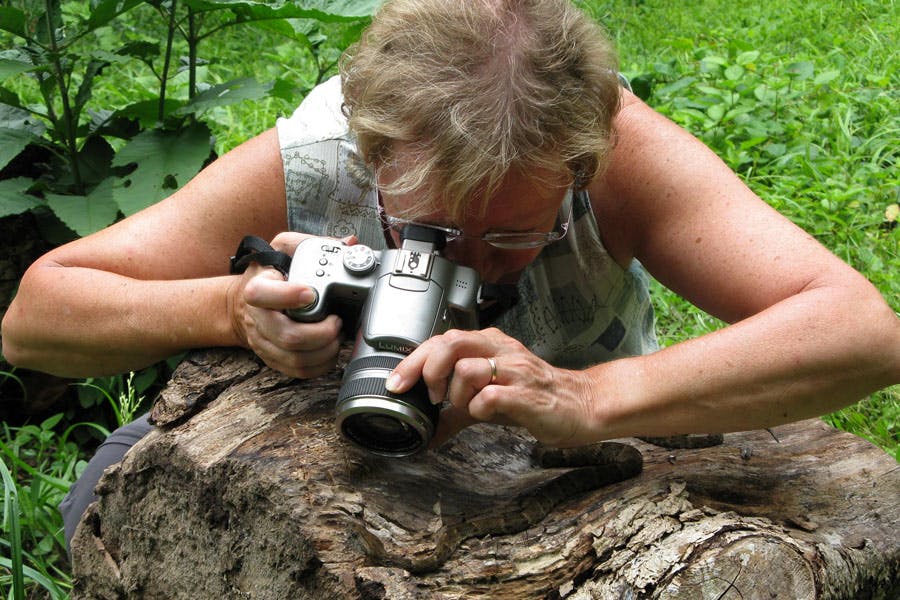
A GUARDIAN OF THE RAINFOREST
Juliane, now Dr. Juliane Diller, has since dedicated herself to preserving the rainforest she owes her life to. As director of the Panguana Ecological Research Station, she has faced a never-ending battle against industrial and agricultural threats, climate change, and rapid deforestation. As much as 17 percent of Amazonia has already been lost, and the rise in the average temperature at Panguana by 4 degrees Celsius in the past 30 years threatens to tip the balance further.
She warns that after 20 percent deforestation, the rainforest may not recover, leading to a potential “major forest dieback and a rather sudden evolution to something else, probably a degraded savanna”. This potential catastrophe has made her preservation work even more critical.
BUILDING BRIDGES WITH THE INDIGENOUS
Recognizing that conservation efforts would only succeed with local involvement, Dr. Diller has made significant strides in establishing strong relationships with neighboring Indigenous communities. She ensures that the locals are integrated into various preservation projects, providing employment, funding schoolhouses, and raising awareness about the long-term effects of human activities on biodiversity and climate change.
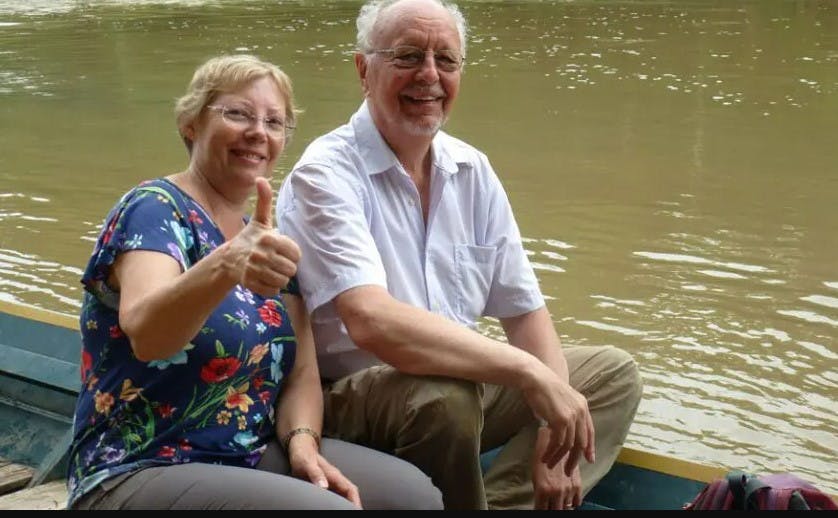
“The key is getting the surrounding population to commit to preserving and protecting its environment,” Dr. Diller emphasized. “Species and climate protection will only work if the locals are integrated into the projects, have a benefit for their already modest living conditions and the cooperation is transparent.”
A LEGACY OF RESILIENCE AND HOPE
Fifty years since her traumatic journey through the Amazon, Dr. Diller’s life is a testament to resilience and survival. She has dedicated herself to preserving the very rainforest that once put her survival to the test. Her story, one of hope and survival against the odds, serves as an inspiration for many.
“Just to have helped people and to have done something for nature means it was good that I was allowed to survive,” she said, her face illuminating with a rare smile. “And for that, I am so grateful.”
Today, her life is not only a tale of extraordinary survival but also an ongoing journey of steadfast dedication to protecting the fragile beauty of the rainforest. As she plans to return to Panguana when international air travel permits, it’s clear that her remarkable journey, like the river that once guided her to safety, still flows on.

 Additional Fun Facts
Additional Fun Facts
20%
of Earth’s Oxygen is produced in the Amazon rainforest, which is why it is sometimes called the ‘lungs of the Planet’
250,000
Amazon natives are said to live in the rainforest. There are about 215 ethnic groups with 170 different languages spoken. There are also an estimated 50 tribes living deep in the forest that have not had any contact with the outside world.
Over half
of Peru is covered by jungle and rainforests. Peru is one of four nations in which the Amazon River flows through.




